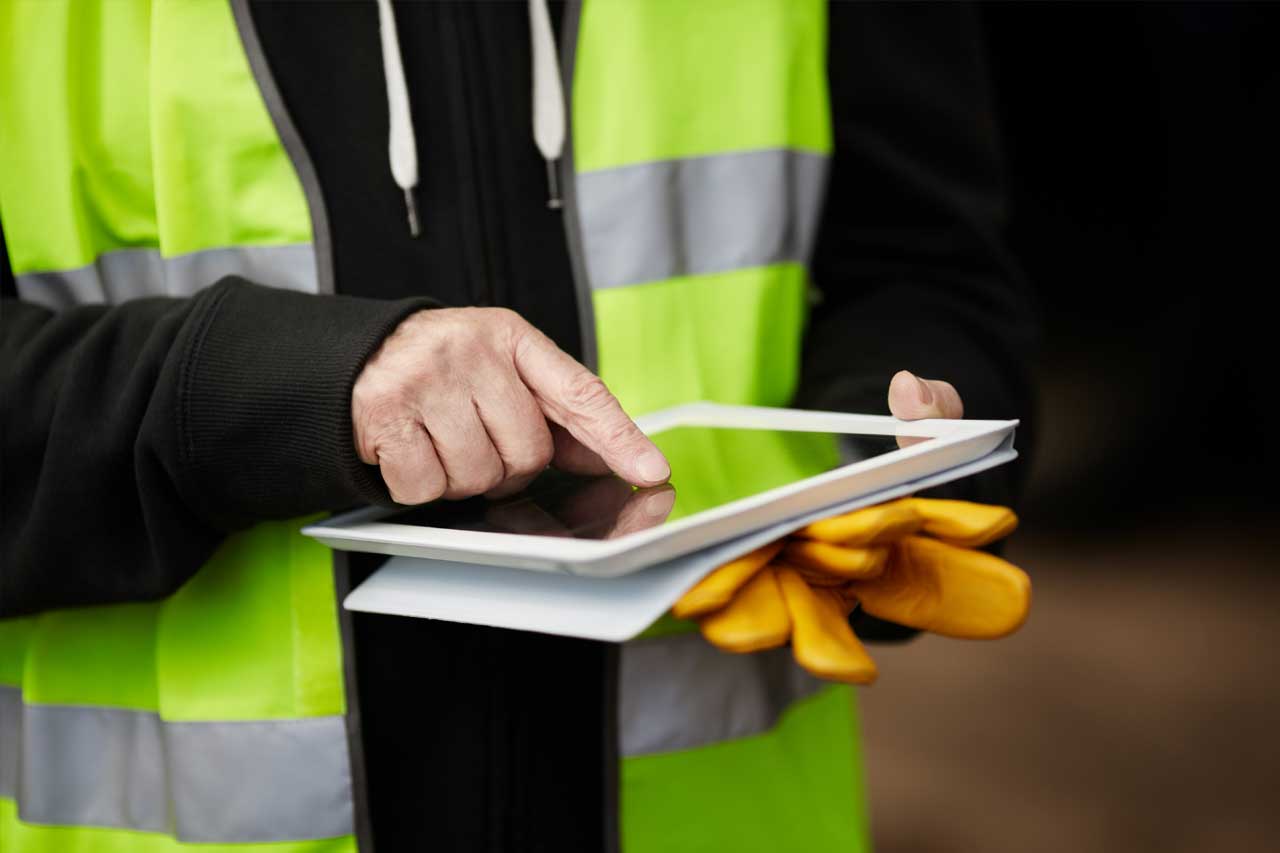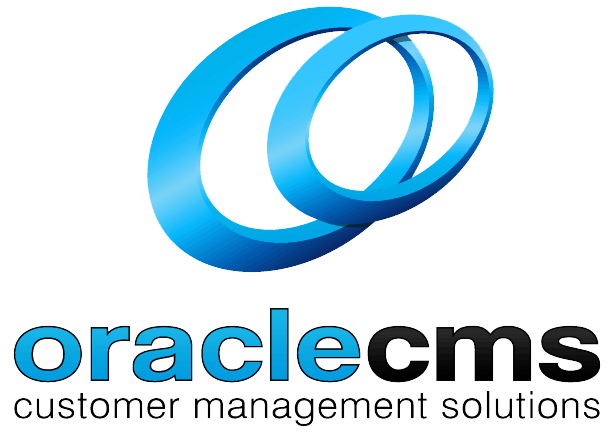
Exploring Advancements in Technology for Remote Employee Safety
In today’s ever-evolving work landscape, the concept of work has transcended the traditional confines of office spaces. Remote work, powered by advancements in technology, has emerged as a formidable mode of operation for businesses around the world. As organizations embrace this transformative shift, the safety and well-being of remote employees have taken centre stage. In this comprehensive exploration, we will delve into the innovative technological advancements that are reshaping the landscape of remote employee safety.
Introduction
The advent of remote work has catalyzed a paradigm shift in how organizations function. With employees dispersed across various locations, ensuring their safety has evolved from a secondary concern to a fundamental priority. Modern technology has risen to the occasion, offering a plethora of innovative solutions to enhance remote employee safety and well-being.
Virtual Private Networks (VPNs) and Secure Connections
In the age of digital connectivity, safeguarding sensitive data has become a critical endeavour. Virtual Private Networks (VPNs) have emerged as robust gatekeepers, establishing secure and encrypted connections for remote employees. These networks prevent malicious actors from intercepting communications and provide additional protection against cyber threats.
Endpoint Security and Device Management
The distributed nature of remote work necessitates vigilant protection of endpoints—devices used by remote employees. Advanced endpoint security solutions are designed to monitor these devices in real-time, detecting vulnerabilities, malware, or unauthorized access. By identifying and mitigating potential threats promptly, organizations can fortify their defences against cyber risks.
- Remote Device Monitoring Remote device monitoring involves continuous surveillance of devices used by remote employees to identify any signs of vulnerabilities or security breaches.
- Secure Access Control Secure access control ensures that only authorized individuals can access sensitive data and resources remotely, minimizing the risk of unauthorized access.
Video Conferencing and Communication Platforms
Communication lies at the heart of remote work, and secure video conferencing platforms have become essential tools. With end-to-end encryption, sensitive conversations remain shielded from eavesdropping, ensuring the confidentiality of discussions. Additionally, features like password protection and waiting rooms allow organizations to regulate meeting attendance and maintain meeting integrity.
- Encrypted Communication Encrypted communication ensures that video conferences are protected against unauthorized access or interception, guaranteeing the privacy of discussions.
- Confidential Meetings are facilitated through features like password protection and waiting rooms, allowing organizations to control attendance and ensure that only authorized participants are present.
Employee Monitoring and Well-being Tools
As remote work blurs the lines between professional and personal spaces, it’s essential to strike a balance that promotes both productivity and well-being. Monitoring tools offer insights into employees’ productivity levels, enabling organizations to ensure healthy work habits. Moreover, dedicated tools provide resources to support remote employees’ mental health, mitigating the challenges of isolation and maintaining a supportive environment.
- Productivity and Health Monitoring Productivity and health monitoring tools help remote employees maintain a healthy work-life balance by providing insights into their productivity levels and encouraging regular breaks.
- Mental Health Support Mental health support tools offer resources and guidance to remote employees, fostering a supportive environment for addressing the challenges of isolation and remote work-related stress.
Two-factor Authentication (2FA) and Biometric Security
In the realm of cybersecurity, traditional passwords are no longer sufficient to protect sensitive information. Two-factor authentication (2FA) adds an extra layer of security, requiring remote employees to provide a secondary form of identification. Furthermore, biometric security measures, such as fingerprints and facial recognition, enhance authentication accuracy, minimizing the risk of unauthorized access.
Cloud-Based Data Protection
Remote work necessitates access to critical data from various locations. Cloud-based solutions provide a secure environment for data storage, ensuring remote employees’ work remains accessible while minimizing the risk of data loss. Robust encryption protocols safeguard sensitive information, even when accessed remotely.
Emergency Communication and Incident Response
When unforeseen circumstances arise, communication is paramount. Real-time alerts enable organizations to rapidly disseminate critical information to remote employees, ensuring their safety and well-being. Remote evacuation plans, integrated into safety protocols, empower remote employees with the knowledge to respond effectively in emergencies.
- Real-time Alerts Real-time alerts provide remote employees with immediate information about critical situations or emergencies, enabling them to take appropriate actions.
- Remote Evacuation Plans Remote evacuation plans outline the necessary steps and procedures for remote employees to follow in an emergency, ensuring their safety regardless of location.
Training and Cybersecurity Awareness
Educating remote employees about cybersecurity best practices is pivotal in safeguarding against potential threats. Regular training and awareness programs equip employees with the knowledge to identify and mitigate risks, fostering a culture of vigilance and responsibility.
Advancements in Remote Work Technology
In the dynamic landscape of remote work, technology continues to evolve. This section will explore the latest advancements shaping remote work safety, from AI-powered solutions to innovative communication tools.
Ensuring Work-Life Balance for Remote Employees
The blurring of boundaries between work and personal life in remote settings poses unique challenges. This section will delve into strategies that organizations can implement to support employees in maintaining a healthy work-life balance.
Championing Remote Employee Well-being
Remote work can lead to feelings of isolation and disconnect. Here, we will discuss the significance of prioritizing employee well-being and providing practical tips to foster a sense of belonging and community among remote employees.
The Future of Remote Employee Safety
As technology continues to evolve, so does its potential to reshape remote employee safety. This section will envision the future, exploring trends like predictive analytics, AI-driven security, and augmented reality applications.
Conclusion
The safety of remote employees is no longer an afterthought; it’s a critical aspect of modern work dynamics. With technology at the forefront, organizations have an array of tools and strategies to ensure the security and well-being of their remote workforce. By embracing these advancements and prioritizing safety, organizations can create an environment where remote employees thrive.
FAQs
- How does technology contribute to remote employee safety? Advanced technology offers remote employee safety solutions, such as secure connections, encrypted communication, and emergency response systems.
- What are Virtual Private Networks (VPNs) used for? VPNs create secure connections for remote employees, protecting their data and communications from unauthorized access.
- What is endpoint security? Endpoint security involves monitoring remote devices to detect vulnerabilities, malware, or unauthorized access, ensuring data protection.
- How do video conferencing platforms enhance remote employee safety? Secure video conferencing platforms offer encrypted communication, protecting sensitive discussions and maintaining confidentiality.
- What are some future trends in remote employee safety technology? The future holds potential for AI integration, predictive analytics, and augmented reality to further enhance remote employee safety and well-being.


